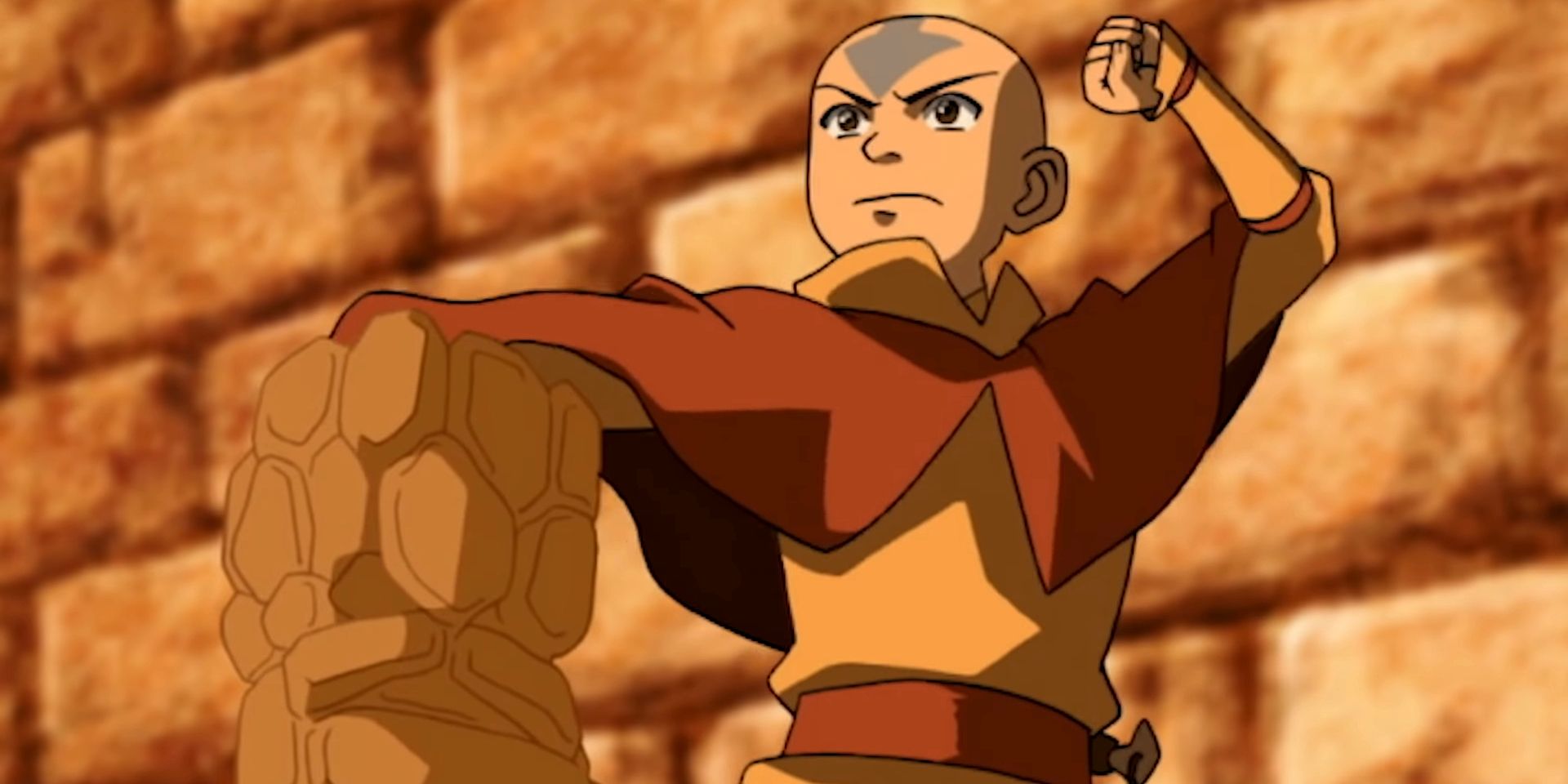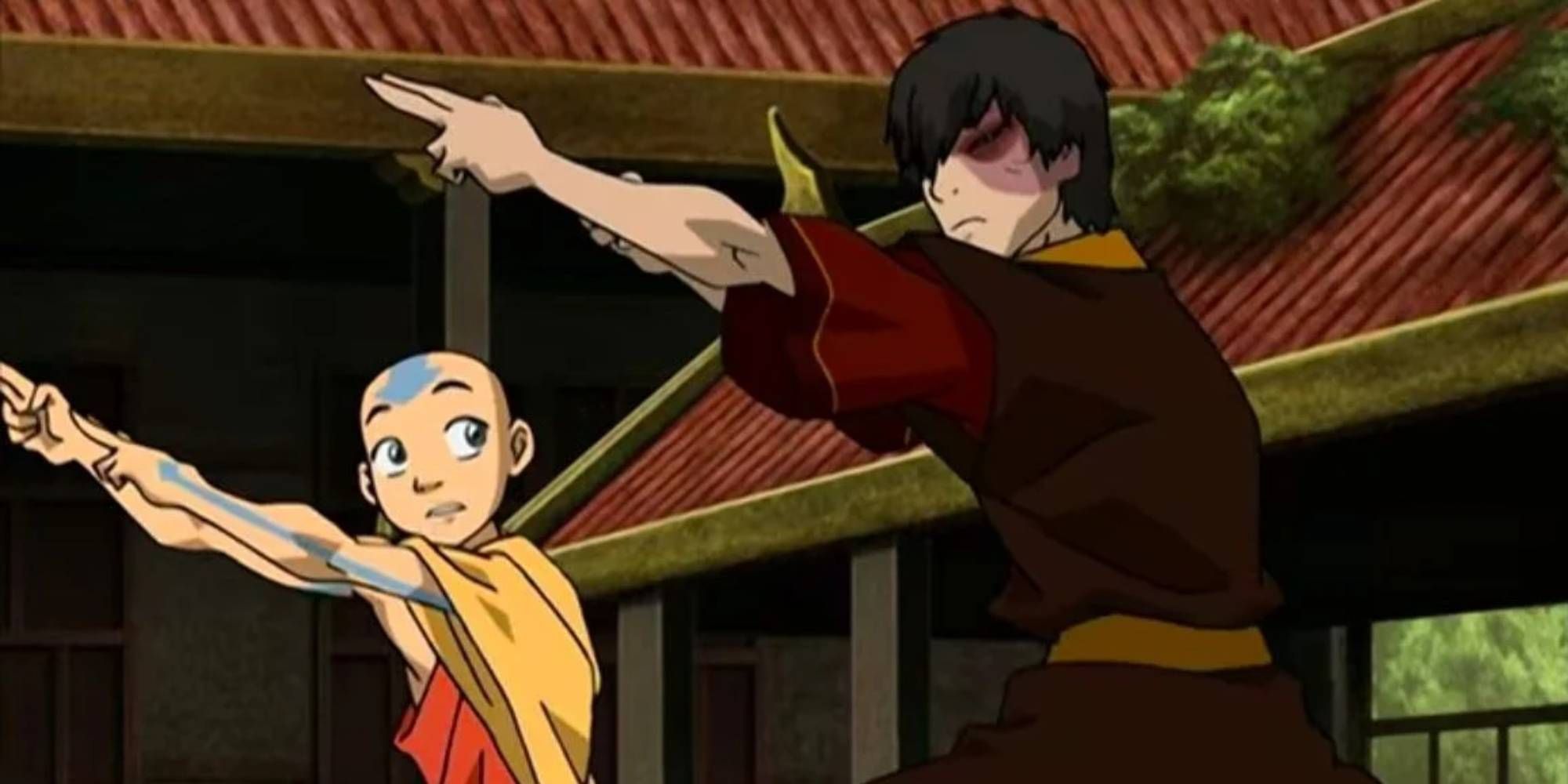Avatar: The Last Airbender director Giancarlo Volpe reveals why the animated series' fight scenes were so unique. Avatar: The Last Airbender, created by Michael Dante DiMartino and Bryan Konietzko, is the Nickelodeon animated series which tells the tale of Aang, a young boy (of 112) on a quest to fulfill his role as the Avatar and bring balance to the world. Avatar ran for three seasons between 2005 and 2008, and its fanbase continues to grow today. Despite being a children's show, Avatar has managed to charm audiences of all ages since it was first released.
With the news that Netflix is in the process of bringing a live-action The Last Airbender adaptation to their streaming site, some fans have become excited, though many are somewhat apprehensive. Those who watched during its original run remember the failed attempt to bring the world of Avatar into the live-action realm with M. Night Shyamalan's film The Last Airbender, and few are keen to relive the experience. No matter their opinion on the upcoming live-action series, its impending release has brought many back to the original show to rediscover just what made it so special. Avatar: The Last Airbender certainly has received quite a bit of critical acclaim in its time; in fact, the series is even the seventh-highest-rated show on IMDb behind The Wire, which is impressive for any series, let alone a children's cartoon.
During The Boys Presents: Diabolical Panel at WonderCon 2022 (as reported by CBR), director Volpe gave some insight into the process of creating the intricate world of Avatar: The Last Airbender, specifically its iconic fight scenes. Volpe, who directed 19 episodes of the series, says the fight choreography was one of the most difficult challenges the Avatar team had to overcome. What made the series unique, he explains, was that it employed "very accurate kung-fu," which was unheard of in in TV at the time. He goes on to say that they would film martial arts expert Sifu Kisu on digital cameras, and then animate exactly what they saw. They even used this to create the different Avatar nations' bending styles. See Volpe's full quote below:
Avatar was very unique in that we had very accurate kung-fu in the show, which was a completely unheard of thing in TV at the time. I think there was also this fantasy that if we finally had a budget and did a show about martial arts, we would hire a martial arts instructor and film and rotoscope him. It was all those aspirations but no extra budget, so it was very strappy. This was a time shortly before smartphones existed, so we were using whatever digital cameras existed at the time, filming Sifu Kisu on the basketball court at Nickelodeon to capture this very accurate kung-fu. We developed four different styles for every bending style, so we were very technically crazy on the show.
What is perhaps most impressive is that Volpe talks about these techniques as if they were simply what they had to use, given their budgetary constraints. These limitations certainly didn't impact the final product,as even over fifteen years later, the Avatar fight scenes are still visually stunning. This is undoubtedly a huge asset for the series, and a key reason for Avatar's enduring popularity today.
Ultimately, the Netflix adaptation of Avatar: The Last Airbender has a lot to live up to. The original series delivered an incredibly powerful, character-driven narrative backed up by highly skilled animators who didn't let budgetary restrictions get in the way of attention to detail. Hopefully, the Netflix live-action ATLA series will bring the same passion for Aang's story that the original creators clearly had. Until that show premieres, fans can always return to the original Avatar: The Last Airbender to relive the adventure.
Source: The Boys Presents: Diabolical/CBR


